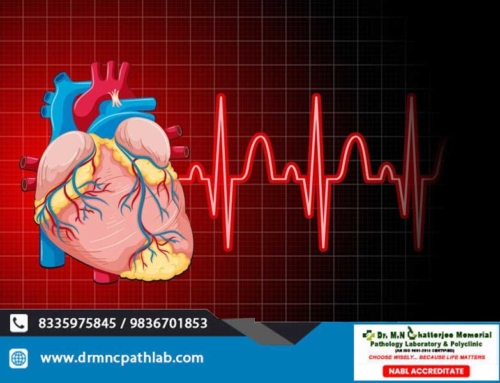The diseases related to the endocrine glands of your body are called endocrine disorders. The production of hormones is a major function of the endocrine system. The hormones help the body in regulating different processes such as growth, appetite, breathing, feminism and virilization, fluid balance and weight control. There are several glands in the endocrine system. They include the adrenal glands in the kidneys, pituitary gland and hypothalamus in the brain, thyroid in the neck, pancreas, ovaries and testes. The hormones related to digestion are produced by the stomach, liver and intestines. Some of the endocrine disorders are acromegaly, diabetes mellitus, hyperthyroidism, hypothyroidism, Cushing’s syndrome and Addison’s disease. If I feel the symptoms of an endocrine disorder, I will go to a pathology centre near me for some diagnostic tests. The doctor can confirm the presence of endocrine disorder from these test results. The following are a few necessary diagnostic tests for endocrine disorders:
Fine Needle Aspiration
The cytopathologist inserts a thin needle into a particular area (normally a thyroid nodule) and removes the cells. He/she spreads the cells on a slide and evaluates the cells. The cytopathologist performs this process around three to six times under ultrasound guidance.
Sestamibi Scan
The pathologist injects a radioactive dye into the bloodstream in this nuclear medicine scan. It helps in detecting abnormally enlarged parathyroid glands. The pathologist repeats the scan a few times throughout the day.
Ultrasound
There is the use of sound waves in ultrasound for detecting masses or fluids in soft tissues. It is done by expert technicians at a pathology lab in Uttarpara. In the evaluation of lymph nodes in the neck, thyroid nodules, this test plays an important role. It can also identify enlarged parathyroid glands.
Endoscopic Ultrasound
The gastroenterologist inserts an ultrasound probe into the stomach and duodenum to see the pancreas and surrounding structures. For the detection of small pancreatic neuroendocrine tumours, especially insulinomas, this test is very helpful.
Computerized Tomography (CT) Scan
Cross-Sectional imaging using x-rays is known as computerized tomography (CT) scan. This test helps in creating highly detailed images of the neck, chest and abdomen.
4D CT Scan
The imaging of abnormal parathyroid glands, especially in cases of failed parathyroid surgery, is possible in this new test. There is the utilization of the special dye uptake and washout of the parathyroid surgery for distinguishing it from other similar structures in the neck.
Magnetic Resonance Imaging (MRI)
In order to generate cross-sectional images of the body, the technicians use a magnetic field during this test at a pathology lab in Hooghly. In distinguishing different types of soft tissue masses, it is very effective. The doctor uses the results of this test to better characterize adrenal and liver masses and identify parathyroid glands.
Positron Emission Test (PET)
Finding the areas of cancer growth that are otherwise undetected is possible through PET scanning, which can also image the increased metabolism of glucose found in most cancers.






